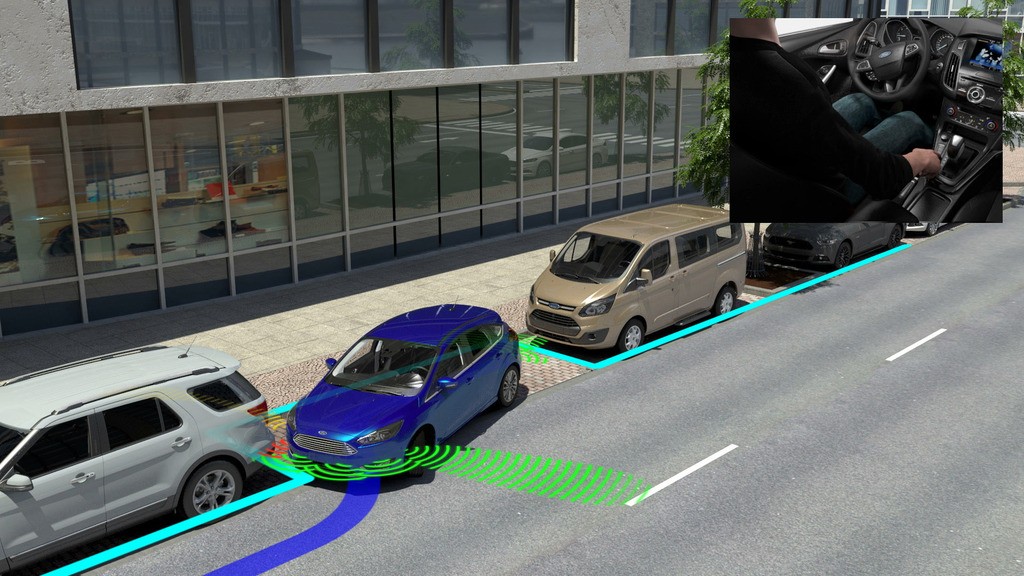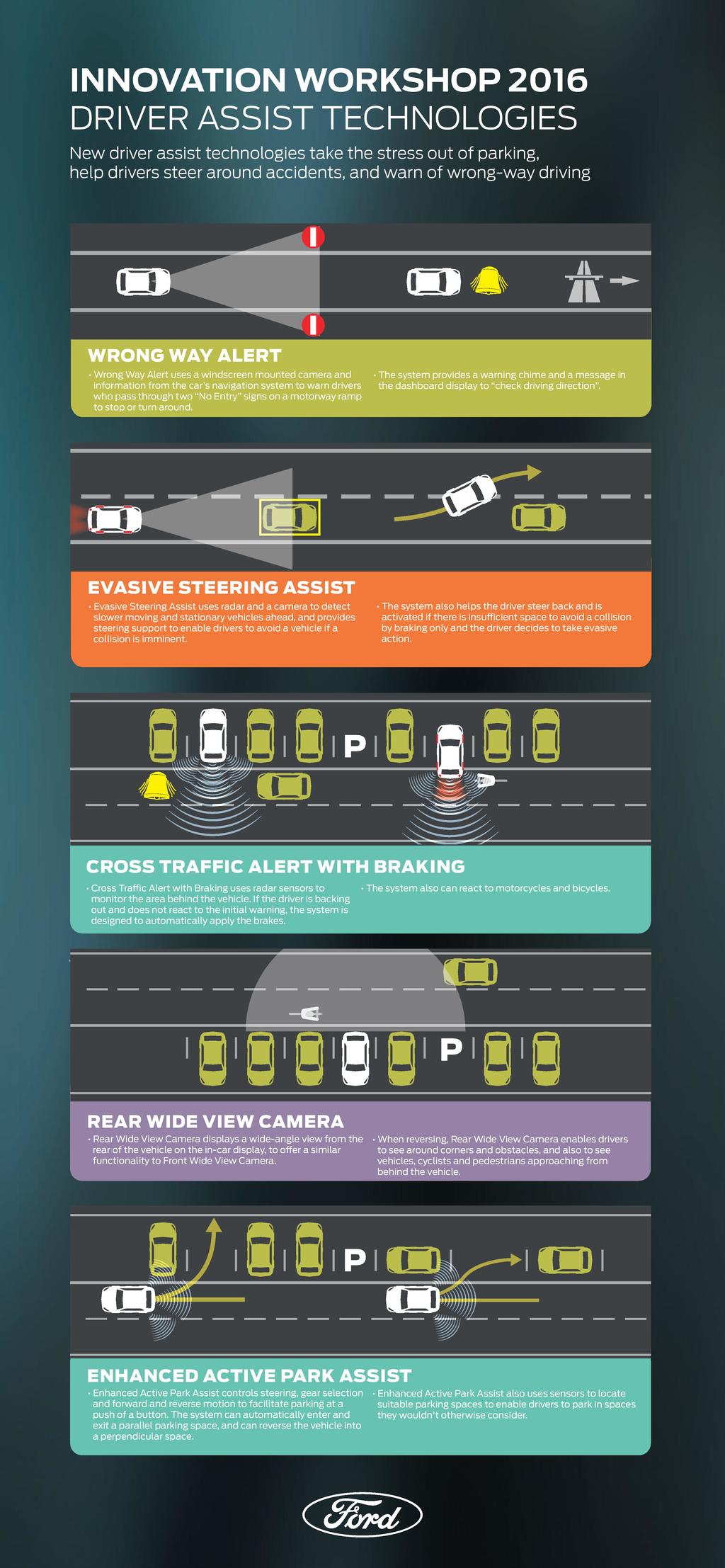Ford has joined the party of bringing more digital assistants into our driving world. Much like General Motor’s partnership with IBM’s Watson, Ford will be creating in-car helpers that will be less all-encompassing, and more focused on individual problem solving.
Like a lot of things that automakers seem insistent upon injecting into our cars, Ford’s new suite of techno gadgets are nice and helpful, sure, but by and large they are things the driver should be able to accomplish for themselves, if they are at least minimally competent.
Perhaps that, in and of itself, tells us more about the state of American driver aptitude, than it does about the state of vehicular technology?
“Driver-assist technologies help us all be better drivers because they enhance our ability to see and sense the road around us,” said Scott Lindstrom, Manager, driver-assist and active safety at Ford. “Ford’s investment in research and development is paying off by accelerating innovation to expand our portfolio of driver-assist technologies that deliver functionality and performance that customers will value.”
Of course one could also argue that if you want to “enhance our ability to see and sense the road around us,” you might try swiveling your head more and looking to see what is going on around you.
But hey, I get it. Not everyone is Fernando Alonso, and we all need a little help from time to time.
Driver Assist Investments
To that end, Ford’s latest round of driver-assist technologies focus on four main areas: parking better, avoiding collisions, steering around slow or stopped vehicles in emergencies, and warning drivers who are going the wrong way against traffic.
Ford is not screwing around with this stuff, saying they are going to triple their investment in developing driver-assist technologies. So if they’re going to dump that much cash, time, and energy into it, they are going to expect it to pay off. And you, my friend, my fellow gearhead, will be expected to deal with it, if not exactly embrace it and use it. To put it another way, Ford’s going to be making lots of cars with this stuff pre-loaded into them, and if you’re going to be buying a Ford product, you’re going to be getting this new tech.
To reinforce this, Ford points out they already offer more nameplates in the United States with this type of technology than any other full-line manufacturer.
Cross -Traffic Alert With Braking Technology
This I actually see as beneficial and useful. We’ve all been in some sort of bind like this, parked between a big rig and an SUV. Say you go to back out of your parking spot and nearly pull out in front of Pacoima’s answer to Vin Diesel.
Ford’s cross-traffic alert with braking technology is designed to reduce these incidents by detecting people and objects about to pass behind the vehicle, providing a warning (no doubt some sort of screeching claxon, I hope) to the driver and then (if you’re a total dingus) automatically hitting the brakes if you fail to pay attention and mash the brakes on your own.
Ford also wants more rear wide-view cameras that will show up on the in-car display, offering an alternative wide-angle view out the back. Which actually sounds pretty cool to me. If you’ve ever driven an older supercar, you know where I’m coming from. Try parallel parking an older Lamborghini and you’ll get it.
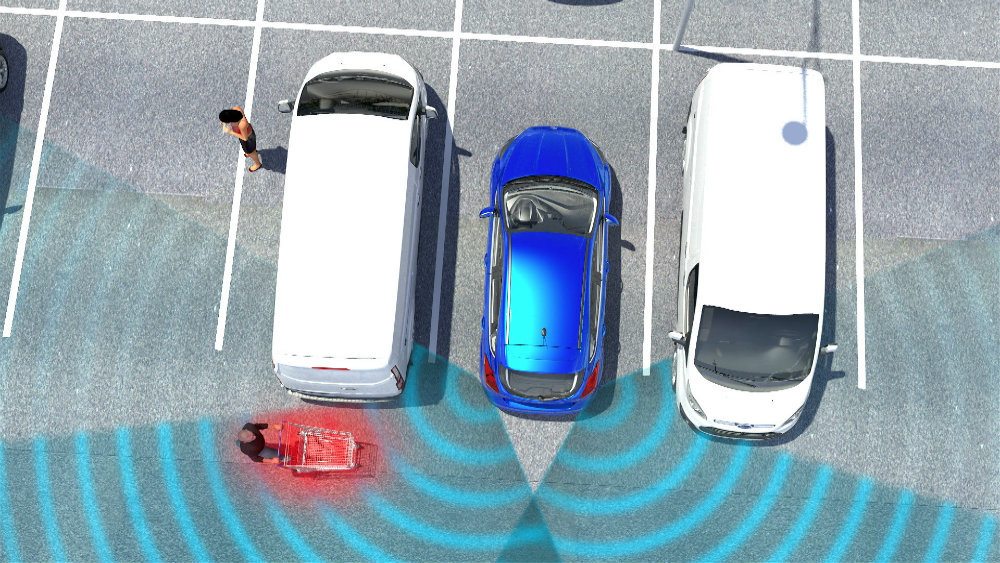
Enhanced Active Park Assist
Speaking of parallel parking, Ford also has this enhanced active park assist gizmo that will parallel or perpendicular park at the push of a button. Which can also be seen as being on the groovy side. But perpendicular parking? You can’t pull it into a parking space on your own? Really? Give me your keys. Give me your license. Get out of the car and start taking the bus. Get off the roads and leave it to us with a modicum of ability. Please.
Ford says this will help alleviate “parking stress.” At first I thought “parking stress” meant they were going to help you find a spot closer to the door, but, alas, no.
“Parking is one of the most stressful experiences behind the wheel, and drivers struggling to find suitable parking spaces in urban areas can impact traffic flow,” said Dirk Gunia, Supervisor, driver-assist electronics, Ford of Europe.
A guy named Dirk Gunia has got to moonlight as a private eye with a name like that.
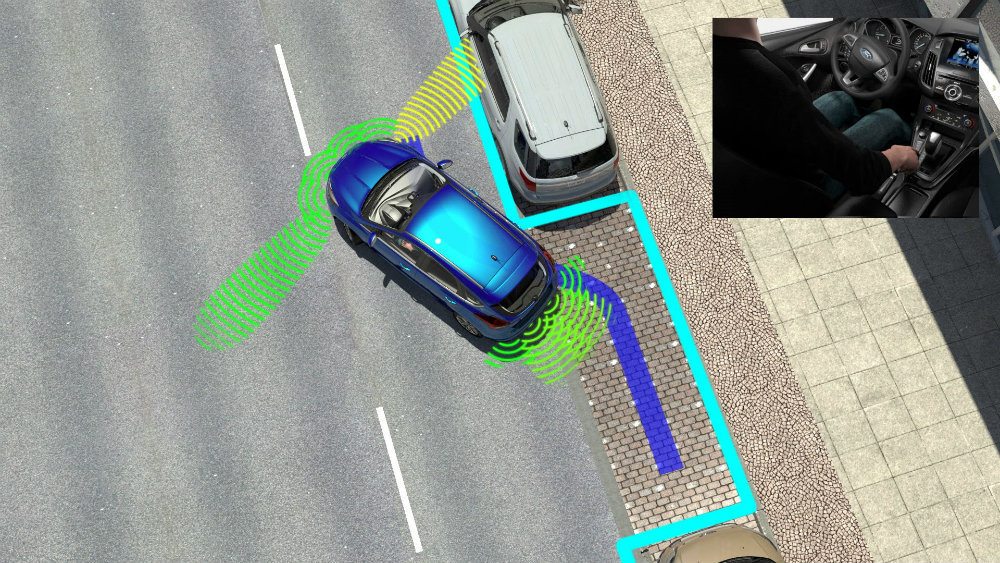
Evasive Steering Assist
Next up in our techno-buffet is something that will “steer you out of trouble.” Why do those five words worry me from the get go? Ford’s new evasive steering assist is supposed to help drivers “steer around stopped or slower vehicles to help avoid collisions.” Designed to function at city and highway speeds, it uses radar and a camera to sense slower-moving and stationary vehicles ahead, and provide steering support to enable drivers to avoid a vehicle if a collision is imminent.
Ford goes on to say this system will activate if there is inadequate space to avoid a collision by braking if the driver decides to take evasive action. Oh, that’s nice of you. You noticed that I decided to swerve wildly to avoid running into another car, and decided to help me out. Gee. Thanks.
Which brings me to my favorite “enhancement” Ford is bringing to showrooms soon.
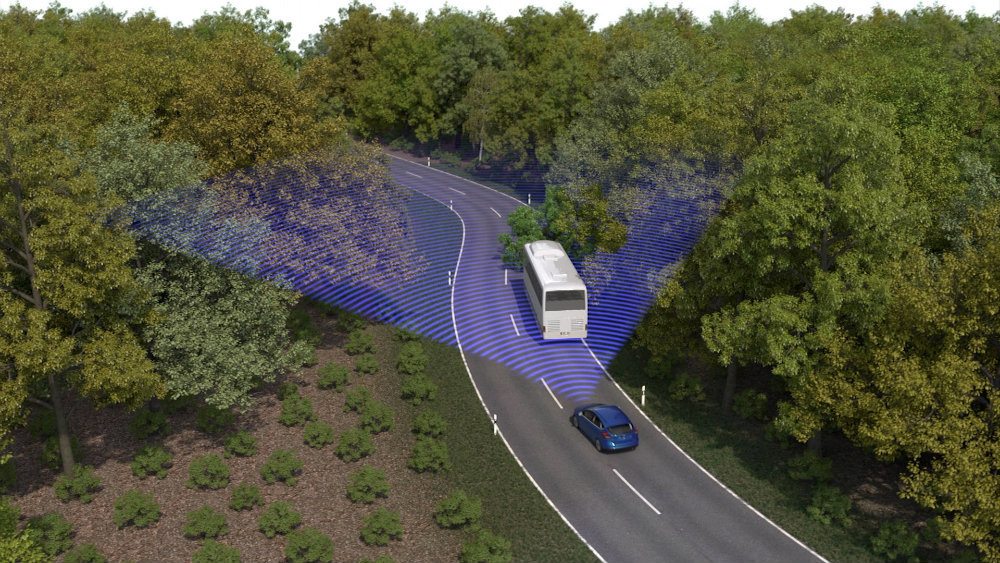
Wrong-Way Alert Technology
Ford breaks it down like this: “Wrong-way alert technology uses a windshield-mounted camera and information from the car’s navigation system to offer customers visual and audio warnings should they begin driving the wrong direction against traffic. ”
Because, you know, paying attention to signs as big as pool tables that cry out: “WRONG WAY! DO NOT ENTER!” can be so hard to do some times.
Look, again, if this is something you can actually use in your car more than once, maybe twice, in your lifetime, I must repeat myself: Really? Give me your keys. Give me your license. Get out of the car and start taking the bus. Get off the roads and leave it to us with a modicum of ability. Please.
All of this is a piecemeal approach to taking care of driving problems, one at a time. Like it or not, you can expect to see more driver-assist technologies like this, not only from Ford, but other automakers as time marches on.
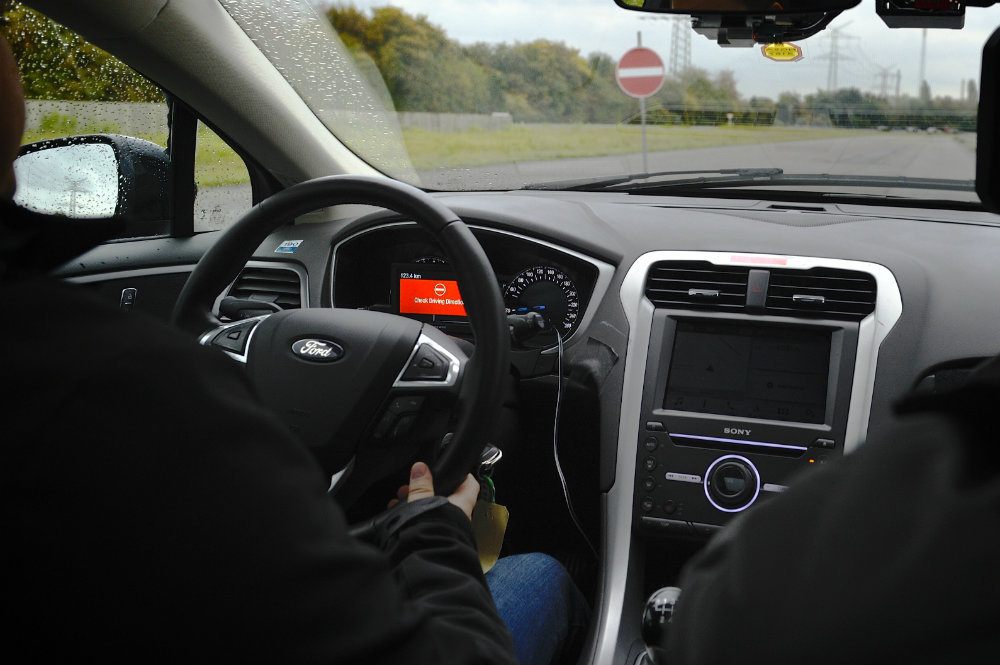
Now, back to the thrilling adventures of Dirk Gunia, Private Eye . . .
“I knew when she walked into my office this dame was trouble. Her gams went on for days and her crooked smile said ‘help’ more than ‘hello.'”
“Dirk Gunia?” she purred.
“That’s the handle they gave me,” I said, grinding out my cigarette.
“Mr. Gunia, I-I’m having trouble,” she said, lowering her face and looking away.
“Yeah? What kinda trouble toots?”
“It’s-it’s my parking Mr. Gunia. I have problems getting it in.”
“Color me interested,” I said, lighting another Pall Mall with my Marine Corps Zippo.
Tony Borroz has spent his entire life around racing antique and sports cars. He means well, even if he has a bias towards lighter, agile cars rather than big engine muscle cars or family sedans.
Photos & Source: Ford Motor Company

